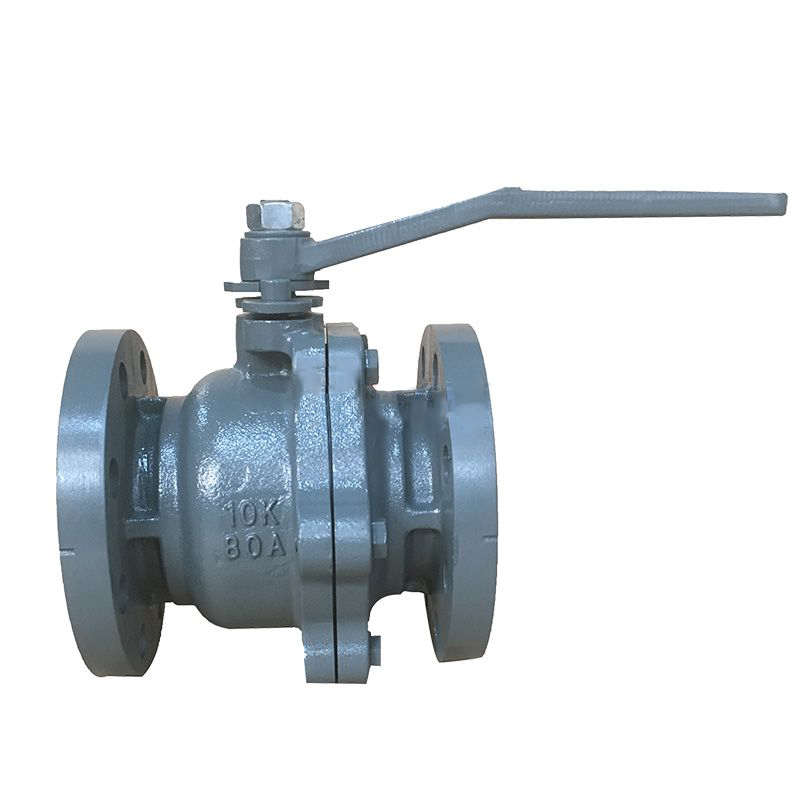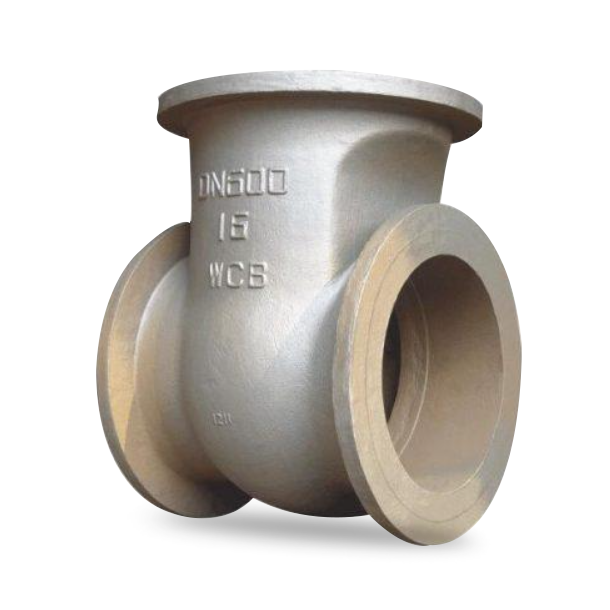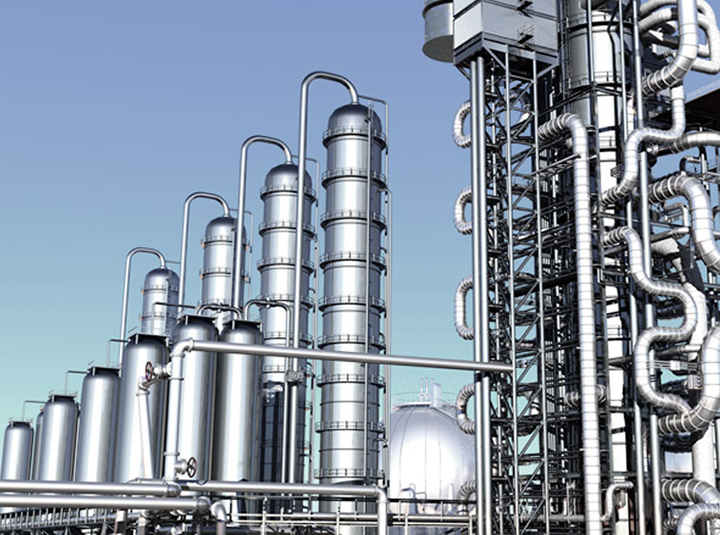Author's Expertise
Tsunny Valve Industry Co., Ltd, a branch of Yuanda Valve Group, excels in international trade with a prime location near major ports and access to top-tier tech talents. With a focus on design and precision manufacturing, our ISO-certified products cater to diverse industries globally.
Overview
In the vast tapestry of valves, ball valves and globe valves stand as two prominent fixtures. While both serve the purpose of controlling fluid flow, they diverge in their design, operation, and applications. Let us unravel their intricacies.
Design
Ball Valve
A ball valve leverages a spherical ball with a cylindrical bore through its center to regulate flow. This ball rotates on an axis perpendicular to the flow path.

Globe Valve
In contrast, a globe valve employs a disc-shaped plug that moves perpendicularly to the flow direction. The plug seats within a globular body, offering precision control over flow rates.

Operation
Ball Valve
Ball valves operate with effortless quarter-turn handle rotations. This rapid and straightforward operation makes them ideal for applications requiring quick flow changes.
Globe Valve
Globe valves, on the other hand, require multiple turns to open or close fully due to their threaded stems. This slower operation offers more granular control over flow rates but may not be suitable for rapid adjustments.
Flow Characteristics
Ball Valve
Ball valves excel in providing unobstructed, high-volume flow due to their low-pressure drop. Their spherical design minimizes turbulence, making them suitable for applications where pressure loss is a concern.
Globe Valve
Globe valves, with their tortuous flow path and narrowed bore, induce higher pressure drops. However, this impediment allows for precise regulation of flow rates, making them ideal for throttling applications.
Applications
Ball Valve
Ball valves shine in scenarios demanding high flow rates, rapid actuation, and minimal pressure loss. They are commonly employed in pipelines, distribution systems, and isolation applications.
Globe Valve
Globe valves are favored in applications requiring fine-tuning of flow, such as flow control, shutoff, and pressure regulation. They excel in environments where precise fluid handling is crucial.
Advantages
Ball Valve
* Smooth, rapid operation with quarter-turn handle movements
* High flow capacity with minimal pressure drop
* Compact design, reducing installation space requirements
* Low maintenance and extended lifespan due to limited moving parts
Globe Valve
* Precise flow regulation and throttling capabilities
* Versatile design accommodating a wide range of pressures and temperatures
* Tight shutoff capabilities
* Durability and longevity under demanding conditions
Disadvantages
Ball Valve
* Relatively high cost compared to other valve types
* Limited pressure and temperature ratings
* May experience leakage at high pressures or temperatures
Globe Valve
* Slower operating speeds compared to ball valves
* Higher pressure drop due to tortuous flow path
* More maintenance-intensive, requiring periodic stem repacking to prevent leakage
Tips and Suggestions
* For applications requiring high flow rates and rapid actuation, ball valves are the superior choice.
* When precise flow control is paramount, globe valves offer exceptional throttling capabilities.
* Consider the pressure and temperature ratings of the valve before making a selection.
* Regular maintenance is crucial to ensure optimal performance and extend the lifespan of the valve.
* Consult with experts or refer to industry standards for specific valve selection guidance.
Frequently Asked Questions (FAQs)
Q: Which valve type is better for high-pressure applications?
A: Globe valves are typically more suitable for high-pressure applications due to their robust design and tighter shutoff capabilities.
Q: Why do ball valves have a shorter lifespan than globe valves?
A: Ball valves may experience leakage over time, especially at higher pressures or temperatures, leading to a reduced lifespan.
Q: Can ball valves be used for throttling applications?
A: While globe valves offer superior throttling capabilities, some ball valves may be equipped with throttling mechanisms for limited flow control.
Conclusion
Ball valves and globe valves, each with its unique design, operation, and applications, play vital roles in controlling fluid flow. By understanding their distinctions, engineers and technicians can make informed decisions to select the ideal valve for their specific requirements, ensuring efficient and reliable fluid handling systems.









